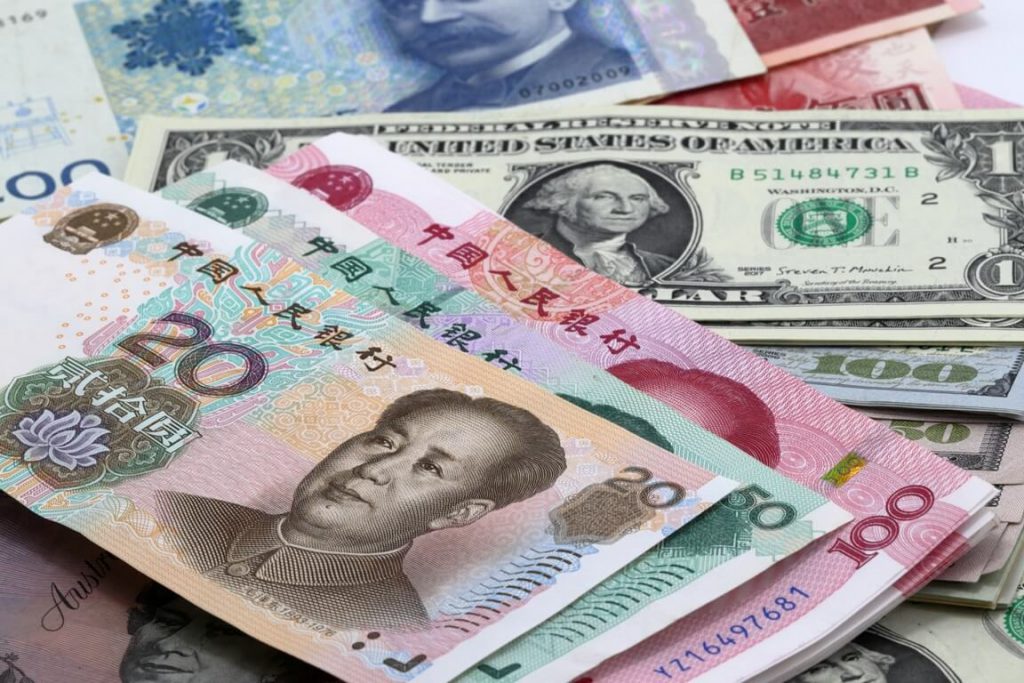
Dollar hits a 2-1/2-year high against safe-haven yen
The U.S. dollar gained to a 2-1/2-year high against the safe-haven Japanese yen on Monday. The rise came after a soft U.S. payrolls figure altered market expectations that the U.S. Fed will begin tapering its massive bond-buying in November.
The data showed that the U.S. economy added the fewest jobs so far in 2021. According to data, nonfarm payrolls rose 194,000. Remarkably, that was below economists’ forecast of 500,000.
However, August’s data was revised up sharply whereas the jobless rate fell to an 18-month low of 4.8% due to people leaving the labor force. Additionally, average hourly earnings also rose 0.6% from 0.4% in August.
The labor shortage keeps concerns about inflation alive. It also gives the Fed justification to go ahead with reducing its stimulus it began in 2020 for pandemic relief.
Furthermore, U.S. bond yields gained on the data, with the benchmark 10-year Treasuries yield reaching a four-month peak of 1.617%. Remarkably, it increased the dollar’s yield attraction.
As we know, the yen is most sensitive to yield differentials. The safe-haven currency declined to 112.32 yen per dollar, the lowest since April 2019.
Shinichiro Kadota, senior FX strategist at Barclays, despite the weak data,
the outlook still remains strong and there isn’t anything that would stop the Fed from tapering next month.
The USD/JPY is now at the top end of its trading range, hitting a 2019 high of 112.40. He says that heavy selling is likely. However, Kadota says that should it break that level, we could see the greenback increasing to 113 or 114.
Meanwhile, the euro was traded at $1.1575, hovering a tad above its Wednesday’s low of $1.1529, its lowest level since July 2020.
The U.S. dollar’s index stood at 94.09, close to its one-year peak of 94.504 hit earlier this month.
The dollar could increase further if U.S. consumer price shows an upswing in inflation
Analysts say that the greenback could increase further if U.S. consumer price data shows a surge in inflation and raises expectations of an earlier rate hike next year after tapering. The U.S. consumer price data is due on October 13.
The sterling held at $1.3623, extending its recovery from a nine-month low hit late September. The rebound started as expectations raised that the Bank of England (BoE) could raise interest rates to curb rising inflation.
The Canadian dollar traded at C$1.2473 per U.S. dollar, hitting a two-month peak of C$1.24525 on Friday. The surge was supported by surprisingly strong Canadian payrolls data and lofty oil prices.
Moreover, the offshore Chinese yuan changed hands at 6.4438 per dollar, the highest level since October 1, when it hit 6.4286.
In cryptocurrencies, the most famous cryptocurrency, bitcoin, was firm at $54,782, having reached a five-month peak of $56,561 on Sunday. Meanwhile, the second-largest cryptocurrency, Ethereum, is softer at $3,456.


